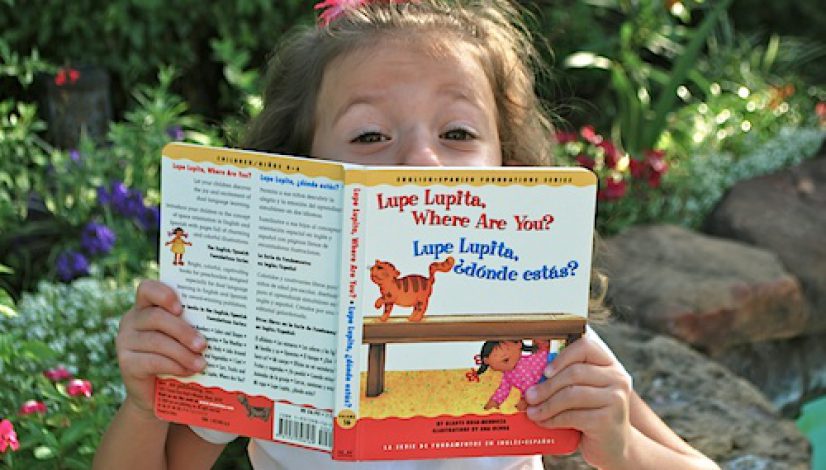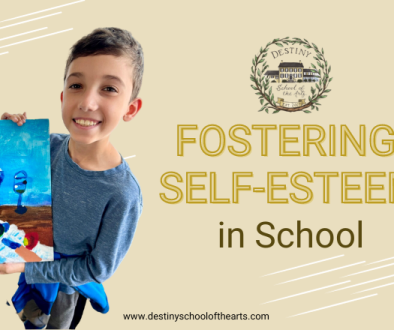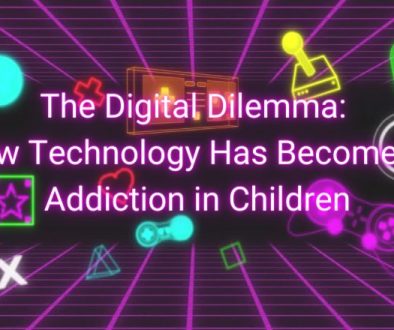Spanish and the Young Children: The Benefits of Dual Language Learning
By Nichole Bottini
Young children are often referred to as “sponges.” They absorb the information provided to them quickly and their rate of retention far exceeds that of an adult. Young children have an extreme tolerance for the unknown, making them much more receptive to new information. Language educators realize the benefit of capitalizing on this tolerance and promote dual language learning in the earliest stages of education.
Incorporating Spanish into activities and lessons as a coincidental occurrence rather than as a separate entity encourages students to acquire language quickly and comprehensively. For instance, including instruction on shapes in both languages creates dual-retention. The student has double the amount of language to associate with this new information, therefore doubly reinforcing the input.
Contrary to common belief, learning two languages simultaneously does not cause confusion or reduce language production. The Cornell Language Acquisition Lab (CLAL) studied children’s ability to maintain focus while being exposed to a variety of distraction. The CLAL concluded that dual language students maintained attention significantly better than single language children. This focus and attention is key to academic achievement and can be developed at the onset of language production through dual language learning.
At Destiny School of the Arts, dual language learning is highly valued and considered an essential part of our program. Destiny students are instructed daily in Spanish and the instruction is focused on both retention and production. As a result, students are often seen counting for hide-and-seek on the playground in Spanish. Destiny is preparing its students for academic success by encouraging true dual language learning!
Lang, Susan S. “Learning a Second Language Is Good Childhood Mind Medicine, Studies Find.” Cornell Chronicle. Cornell University, 12 May 2009. Web. 5 May 2017.



